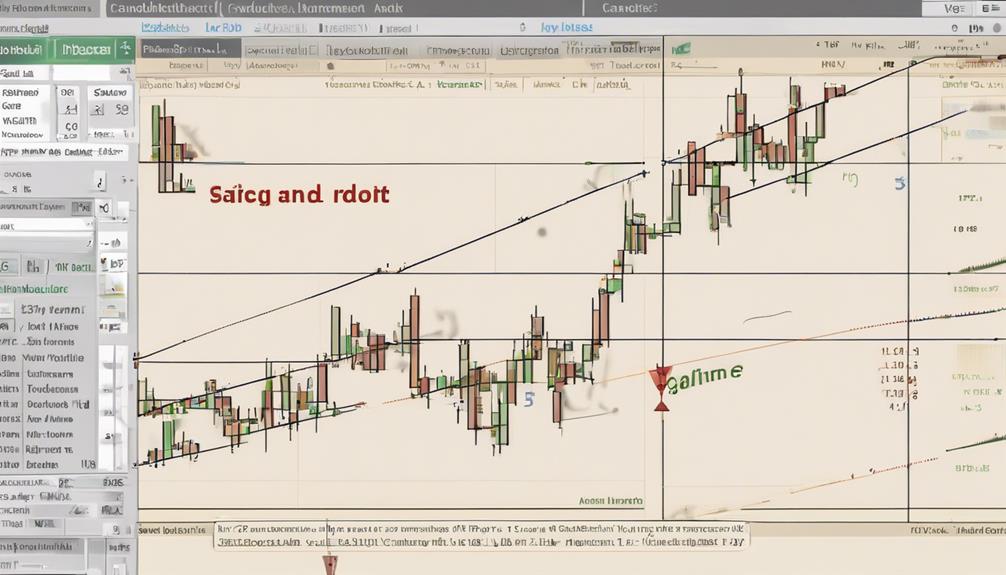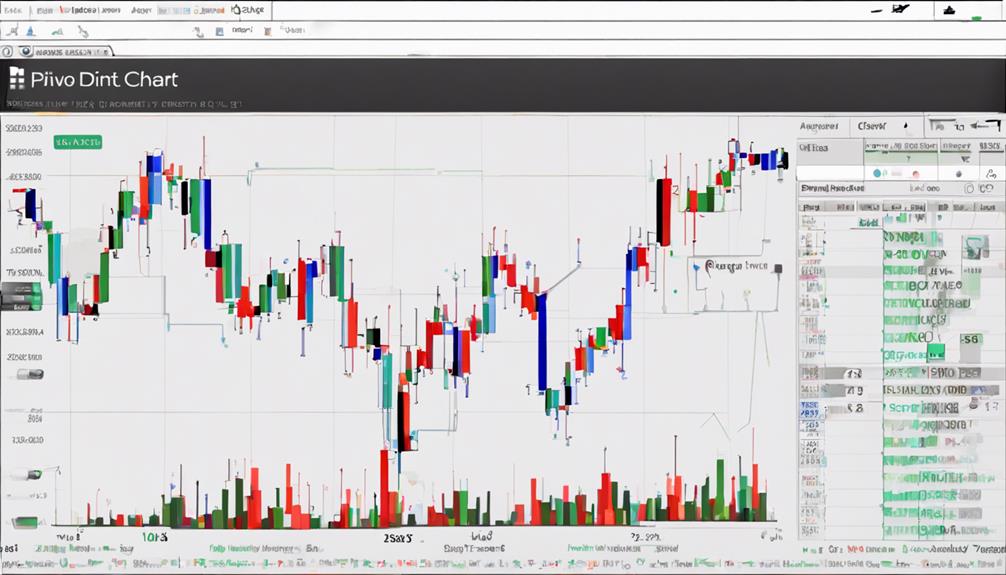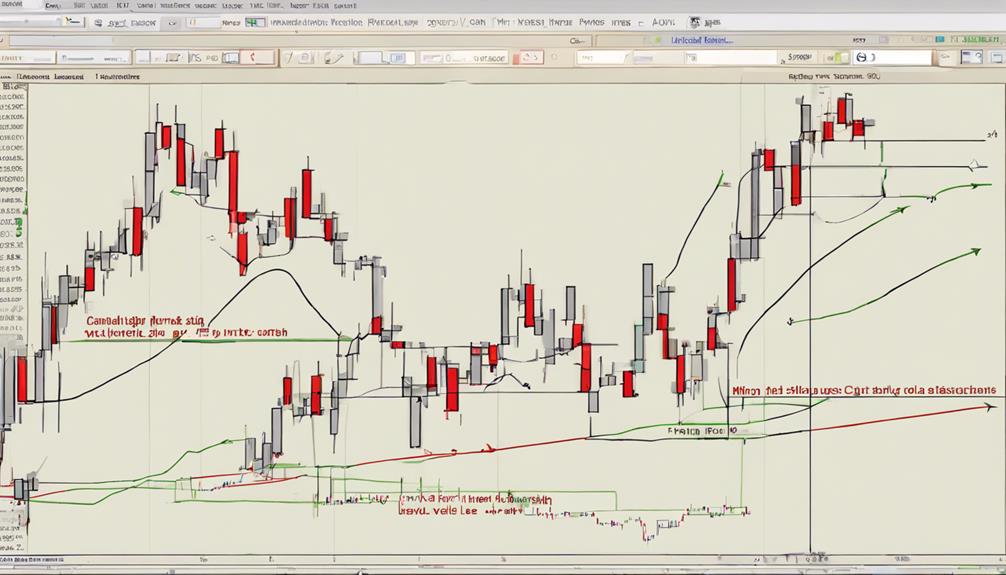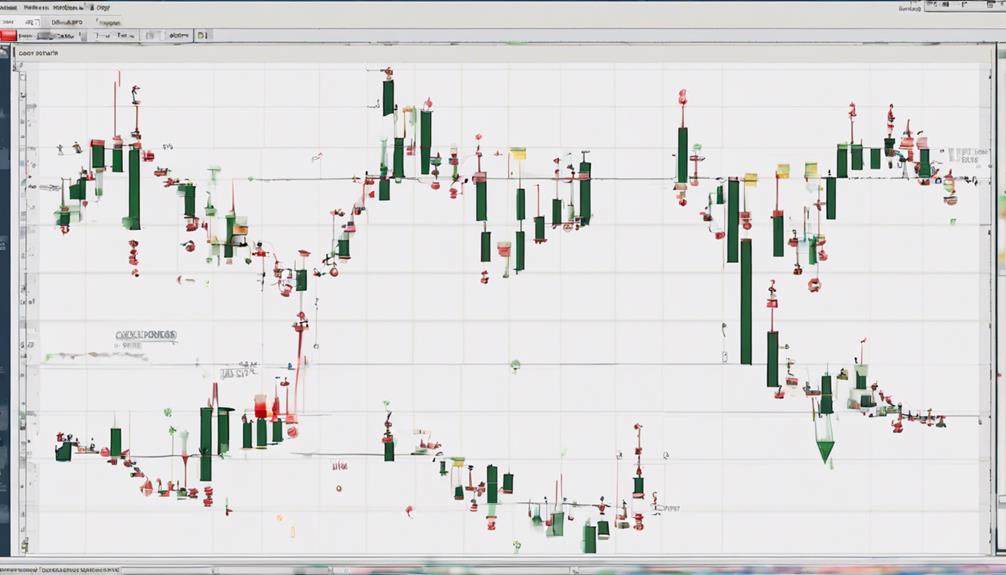In the realm of technical analysis, pivot points serve as pivotal markers that guide traders in navigating the complexities of the financial markets. Understanding the nuances of pivot points can unlock a treasure trove of insights into market sentiment, price dynamics, and potential turning points.
As we embark on this exploration of unpacking pivot points, we will uncover the hidden gems that lie within these seemingly simple calculations. Join us on this journey as we unravel the mysteries behind pivot points and discover how they can revolutionize your trading strategies.
Importance of Pivot Points
Pivot points play a critical role in guiding traders to identify significant support and resistance levels essential for making well-informed trading decisions. These technical analysis tools are pivotal in determining key levels where the price action may experience obstacles or reversals.
By incorporating pivot points into trading strategies, traders can effectively manage risk by establishing specific entry and exit points based on the calculated levels. Pivot points not only provide potential areas of support and resistance but also assist in defining stop-loss and profit-taking targets, thus enhancing overall risk management.
Understanding the importance of pivot points empowers traders to navigate volatile market conditions with more confidence. By utilizing pivot points in conjunction with other technical indicators, traders can develop robust trading strategies that capitalize on price movements while minimizing risks. These levels serve as valuable references for identifying potential trend reversals and breakout points, enabling traders to make timely and informed decisions in various financial markets.
Calculating Pivot Points

Utilizing a mathematical formula based on the previous day's high, low, and close prices, traders can accurately calculate pivot points to determine potential support and resistance levels in financial markets. The pivot point formula involves summing the high, low, and close prices and then dividing the total by three.
Support levels (S1, S2, S3) are calculated below the pivot point, while resistance levels (R1, R2, R3) are computed above it. Specifically, the first support level (S1) is derived as (2 x PP) – High, and the first resistance level (R1) is determined as (2 x PP) – Low.
Pivot points offer traders predefined price levels that aid in decision-making for entry, exit, and risk management strategies. By understanding how to calculate and interpret these pivotal levels, traders can enhance their trading strategies and improve their overall performance in the market.
Interpreting Pivot Point Data

Interpretation of pivot point data is crucial for traders seeking to gauge market sentiment and identify potential entry and exit points based on calculated support and resistance levels. Pivot points serve as a central reference level, with support levels (S1, S2, S3) below and resistance levels (R1, R2, R3) above. Trading above the pivot point indicates a bullish bias, while trading below suggests a bearish bias.
By analyzing these price levels, traders can interpret market sentiment. Support levels act as floors where the price may find buying interest, while resistance levels act as ceilings where selling pressure may increase. Understanding these levels is essential for traders looking for trading opportunities.
Pivot point data aids in the identification of key price levels for making informed trading decisions based on technical analysis. It provides a structured approach for traders to navigate the market efficiently.
Using Pivot Points Strategically

Strategically incorporating pivot points into a day trading approach empowers traders to establish key levels for potential entries, stop-loss placement, and profit-taking considerations based on calculated support and resistance areas derived from the previous day's price data. By using pivot points, day traders can effectively identify critical levels that may influence price movements. These levels act as a roadmap for determining entry and exit points, enabling traders to make informed decisions based on market dynamics.
Additionally, pivot points play a crucial role in risk management by defining stop-loss levels to protect against adverse price movements. Understanding these technical levels enhances trading strategy by providing a structured framework for navigating market volatility. By integrating pivot points into their analysis, traders can optimize their approach and capitalize on opportunities presented by the market, leveraging support and resistance levels to guide their trading decisions effectively.
Advantages and Limitations

Pivot points offer traders objective support and resistance levels, aiding in effective planning of entry and exit points in trading strategies.
- Pivot points provide insights into historical price behavior, assisting in identifying potential areas for price reversals.
- Prices often react at pivot point levels, enhancing decision-making processes for traders.
- However, limitations exist as prices may not always adhere strictly to these levels, necessitating a comprehensive trading plan.
- It is advisable for traders to complement pivot points with other indicators to conduct a more thorough analysis of market trends and price movements.
How Can I Use Pivot Points in Technical Analysis to Make Informed Trading Decisions?
Pivot points are an essential tool for making informed trading decisions in the stock market. By analyzing the best technical analysis pivot points, traders can identify potential support and resistance levels, helping them determine entry and exit points for their trades. This method provides valuable insight into market trends and price movements.
Frequently Asked Questions
How Do You Find the Pivot Point in Technical Analysis?
In technical analysis, the pivot point is calculated by averaging the previous day's high, low, and close prices. This reference level aids traders in identifying potential support and resistance levels, assisting in making informed trading decisions based on market sentiment and trend direction.
What Is the Correct Way to Trade With Pivot Points?
Trading with pivot points involves utilizing these levels as reference points for market sentiment. Identify potential entry and exit points using derived support and resistance levels. By combining pivot points with other indicators, traders can confirm trends and make informed trading decisions.
What Is the Best Indicator to Combine With Pivot Points?
When combining pivot points, the Relative Strength Index (RSI) stands out as a valuable indicator for determining overbought or oversold conditions, enhancing the precision of entry and exit decisions in trading strategies.
What Is the Best Time Frame for Pivot Points?
The best time frame for pivot points varies based on trading objectives. Daily time frames suit short-term traders, while weekly and monthly time frames cater to swing and long-term traders, respectively. Each frame provides unique insights for effective support and resistance levels.
Conclusion
In conclusion, pivot points serve as a valuable tool for traders to identify key support and resistance levels, make informed trading decisions, and manage risk effectively.
By incorporating pivot points into trading strategies, traders can gain historical price behavior insights, enhance decision-making processes, and improve overall trading performance.
Remember, in the world of trading, knowledge is power, and pivot points can be a powerful ally in navigating the complexities of the financial markets.
